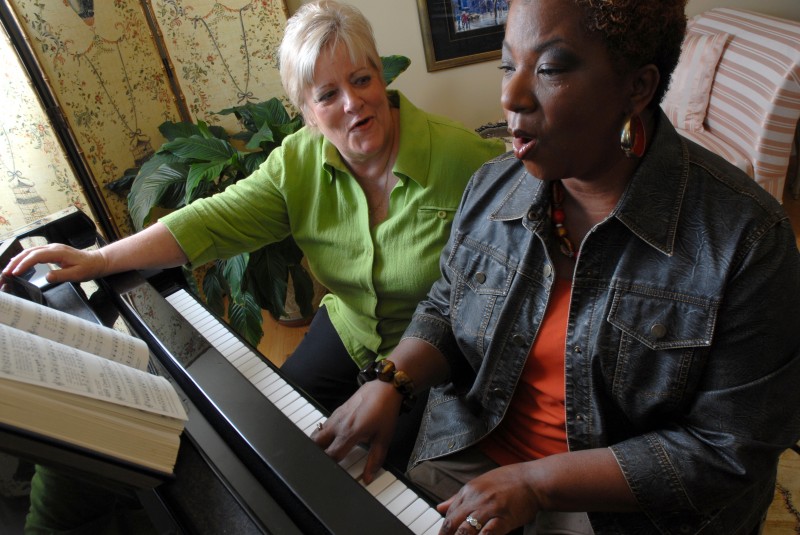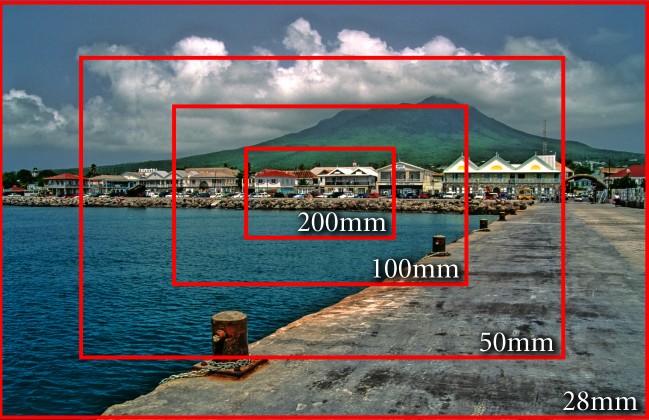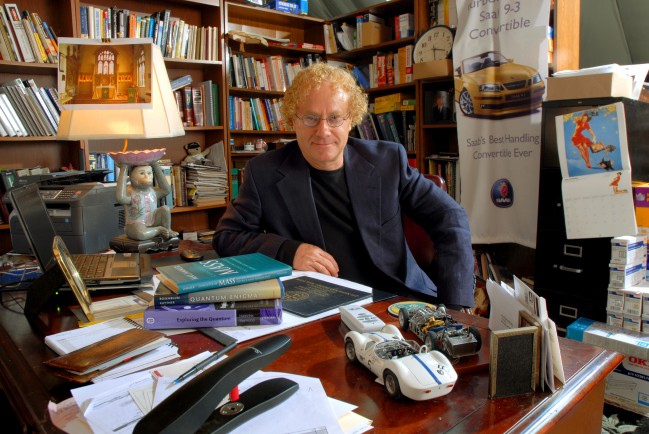 Jordan Fink Photography was the selected featured photographer for the 11Alive home page. Watch our corporate video that expresses our company image, services, and 40 plus years of experience.
Jordan Fink Photography was the selected featured photographer for the 11Alive home page. Watch our corporate video that expresses our company image, services, and 40 plus years of experience.
When I have clients call me for their personal photography, they generally are unsure of the location where they want their photos taken.
I have Real Estate agents that want their photos outside, landscapers that want their photos taken in their office and many others that just don’t understand where they should get their photos shot.
My first question to them is, “what kind of photos are you looking for?” Sounds simple enough. You would think that I have hit many people “Broadside” with that statement. Once I listen to them to discover the actual usage and the message that they would like to convey, I realize that they just haven’t wrapped their minds around the final product.
Learn More
Lighting is like music. Everyone has their own tastes and styles. There is no right or wrong about lighting, that is of course, unless you create an unusable image. Anything goes and who is to say that it’s not right? It’s all a matter of taste.
There were times that lighting had to be a certain style or it was considered wrong. For instance, back in the 50’s or 60’s, if it didn’t look like “Rembrandt” lighting, the photographer wasn’t considered as being accomplished. The main reason is that by understanding that type of lighting one had to understand direction, form, shape and so on. Today, because of many influences, paparazzi, improvements of on-camera flash technology, no one remembers Rembrandt, etc. there is a wide range of lighting that is acceptable.
Learn More
No matter what lens you have on your camera, you can take full advantage of it once you understand certain basic attributes of lenses. Whether it is a wide angle lens or a telephoto lens, knowing how to take full advantage of it can make for incredible photographs. The key, if limited to one lens is to get into what I call, the “Pre-Visual Mindset” of that lens.
A good example of this is, when I was in college, I changed from Pentax to Canon cameras. Since I was a student, I could only afford 1 lens for the new camera body that I had bought, while working at a well know camera chain. It took a while to decide what type of lens would offer me a large enough range of visual adaptations that I could shoot most anything with it. I decided on a wide angle lens. Not just wide but very wide…a 24mm.
Learn More
The last two blogs dealt with aperture and shutter speed. Each one has it’s own set of characteristics and functions. They represent different physical phenomenons. Both phenomenons can be related to the functions of the human eye. What is a camera…a tool for collecting light. The same can be said about the human eye, hence, the connection.
Although shutter speed and aperture have very different functions, we need to remember their main and most common function…balance. They MUST ALWAYS balance or your image, typically, will only be a failed experiment.
Learn More
Shutter Speed settings can either be the death of a picture or it’s new given life.
Basically, If you are trying to get a crisp photograph with no shutter movement and your shutter speed setting causes unwanted movement in the photograph, there usually is no of saving the image. A great rule of thumb for eliminating “shutter jitter” is to keep your shutter speed as close to the millimeter focal length of the lens you are using i.e. 125 shutter speed for a 135mm lens, 250 shutter speed for a 200mm lens, etc.
Learn More